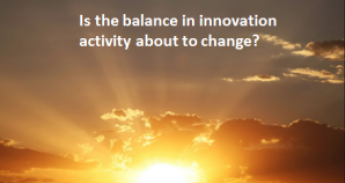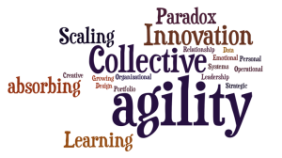 There is so much occurring in new applications and alternative solutions, it is a very tough position for most dealing in technology to truly master all of these breaking options they might have to consider.
There is so much occurring in new applications and alternative solutions, it is a very tough position for most dealing in technology to truly master all of these breaking options they might have to consider.
It must be a little overwhelming when many responsible for IT have for years not had any strategic involvement and not been given clear line-of-business oversight.
Business management equally has over the years built up an ‘arm’s distance’ to IT and found ways to overcome barriers they felt were seemingly put in their way when it came to ‘bringing in’ the technology they deemed as essential.
Something needs to change going forward. Both the business manager and the IT need to find ways to exchange, collaborate and share. It is in their ‘vested’ interest but more importantly for the future health of the business itself.
Continue reading “IT is Struggling to be the Digital Technology Master”








